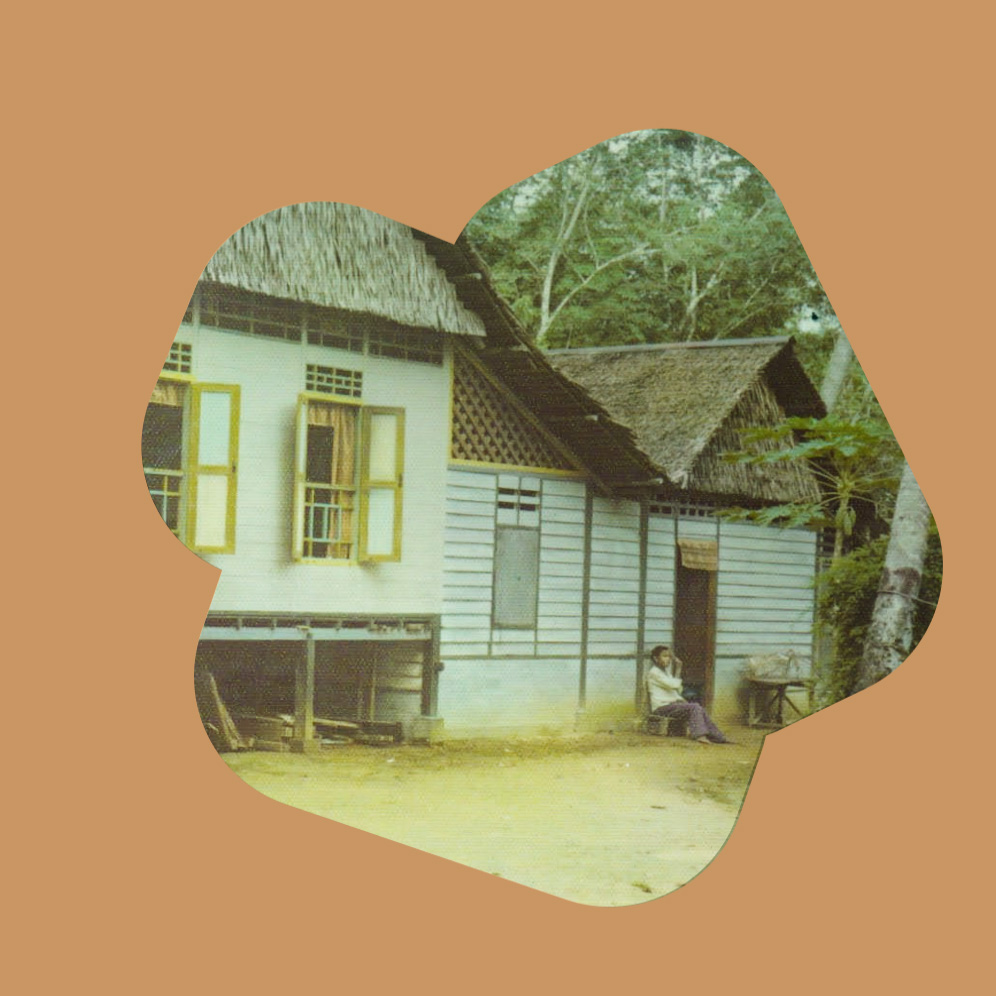Heritage
Kampung Houses Are Not Time Capsules
Published
January 15, 2024
By
Syazwan

The kampung label
There appears to be a certain label pasted on Pulau Ubin today, cliché phrases such as “revisit Singapore of the 1960s” or “travel back to the past”. This boggles me. How can I revisit Singapore of the 1960s when I am literally seeing a kampung that is still inhabited by people in 2023? Such phrases portray our kampung houses and the people who reside in them as antique artefacts in a museum.
In particular, there seems to be this association of kampung houses with images of poverty. In a 2015 publication by the Centre for Liveable Cities Singapore titled ‘Urban Systems Studies — Built by Singapore: From Slums to a Sustainable Built Environment’, it was described that most Singaporeans “lived in squatter settlements without proper sanitation, lighting, and ventilation” and that they “were ramshackle, built using attap leaves […] and scrap metal”.
This negative portrayal continued to echo throughout Singapore’s early years of independence, painting the kampungs in a bad light — a problem that was of dire need to be fixed to improve the quality of life of her people and the image of Singapore to the industrialising world.
Can we really measure quality of life?
The functionalist city-state had always been governed under the veil of pragmatism, where results spoke — and continue to speak — for themselves. There’s no denying the advancement and conveniences that running water and electricity have done to improve our quality of life. A year after gaining independence, the Land Acquisition Act was enacted in 1966 to allow for the swift acquisition of private land. And over the next two to three decades, kampungs all over Singapore were flattened to make way for violent urban redevelopment.
Despite modern conveniences such as constant electricity, running water and the Internet, I am impressed by mom’s repetitive claim that kampung houses are far superior to the concrete pigeonholes we live in today. How does she actually measure her quality of life, then?
The city life has always emphasised the desire of living the perfect life: having a car, high-paying jobs, and a massive house. But as people break their backs, hearts and sleep staying afloat in this capitalistic rat race, we quintessentially lose an integral part of what makes us human: “to live in the moment”. The kampung’s slower pace of life allowed for this: from foraging in intertidal areas and forests to fishing out in the open sea, being able to live together with nature has shaped us to be gentle, kind and compassionate as we learn what nature has to teach us, which at times is simply how to become human.
A reflection of our forefathers’ ingenuity
Touching back on how kampung houses were simply dismissed as huts, the things I’ve learned about the sociocultural aspects in the construction of our traditional houses would make me beg to differ on such a demeaning label.
My grandparents’ kampung house was a rumah panggung — a house that is built on stilts above land (or water). As the Orang Pulau are a coastal community, houses were raised to prevent damages from floods that come from the Nusantara’s monsoonal rains or high tides. However, an elevated house was also able to capture winds of higher velocity to encourage cross-ventilation, prevent dangerous wildlife from entering the house, and even provide privacy to promote modesty among passers-by. All of these reflects our forefathers’ wisdom and understanding of the Nusantara’s environment by translating them into sustainable liveability and establishing sociocultural norms— a little too much character for a hut, isn’t it?
Kampungs are here (for us) to stay
Pulau Ubin is home to the last surviving kampung for Singapore’s Orang Pulau community. Throughout my years retracing my roots as an Ubin Orang Pulau on the island, I cannot help but feel that the kampung never once felt like I was travelling back in time, nor did I feel that it was out of place in today’s Singapore; simply because I felt like I was right at home.
Our kampungs are not something that are tied to a specific era. Kampungs don’t just belong in the 1960s nor the centuries that predate Singapore’s independence. The kampung houses that are still standing on Ubin — be it the Chinese shophouses in Ketuk Batu (Main Village/ Pekan Ubin) or the century-old rumah panggungs in Kampung Sungei Durian — stands testament that kampung houses exist today, and should continue to stand against the test of time in Singapore.
But the rapid rate of Singapore’s urbanisation and constant pragmatic approach would always place our kampungs in a vulnerable state. Until we learn to stop treating them as time capsules or portraying them as backwards, our kampungs are here to stay; for us to learn and cherish for generations to come.

